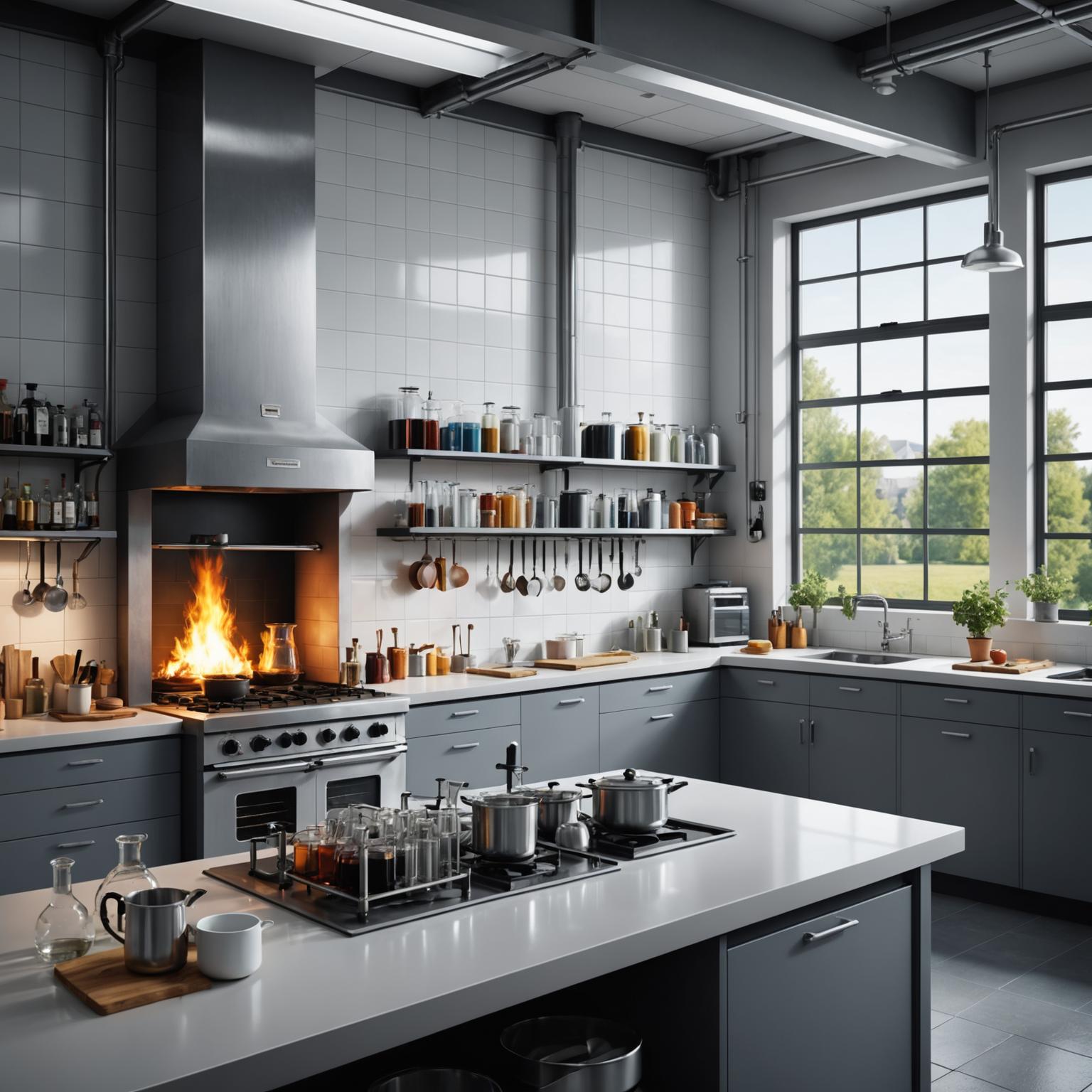Ceramic glass has become increasingly popular due to its unique aesthetic and functional properties. Whether used for industrial applications or everyday household items, ceramic glass reveals new possibilities for design and performance innovation. The overlap between ceramic and glass elements has excellent qualities that are difficult to replicate other materials, making them unique in manufacturing and engineering. 
What is ceramic glass?
Ceramic glass is a hybrid material that combines the characteristics of ceramics and traditional glass, producing an extremely strong heat-resistant product. With high durability, excellent heat resistance and low thermal expansion properties, ceramic glass can find itself in a variety of professional applications. This material is widely used in the case of standard glass failures, such as in high temperature environments or under mechanical stresses. The manufacturing process involves heating the glass to the point where the durability and resistance of the crystalline, embedded in the ceramic.
Ceramic glass characteristics
One of the notable properties of ceramic glass is its ability to withstand extremely high temperatures without damage or deformation, making it the material of choice for harsh conditions. Furthermore, its thermal stability ensures minimal expansion even under fast temperature fluctuations. Ceramic glass is highly resistant to scratches, stains and chemical corrosion, which means it retains its visual and structural integrity over a long life span. Its transparency or opacity can also be customized according to specific requirements, whether for aesthetic or functional purposes.
Comparing ceramic glass with standard glass highlights its unparalleled toughness and versatility. Where standard glass may shatter or warp, especially in high heat environments, ceramic glass remains strong and reliable. Its potential uses include stoves, fireplace windows and industrial furnace doors. Its strength and thermal efficiency make it the material of choice for the entire industry.
Application of Ceramic Glass
Ceramic glass has a wide range of applications, from industrial settings to advanced power electronic equipment. High-temperature ceramic glass is often used in laboratory equipment and high-performance cookware due to its heat resistance. Another major area is telecommunications and electronics, which are insulating materials for key components. In recent years, industries focusing on renewable energy sources such as solar and wind farms, such as solar and wind farms, have also begun to integrate in their operations due to their elasticity and durability.
Interestingly, the technology behind ceramic glass attracts similarities to innovative electrical components such as ring inductors. Just like ceramic glass, ring inductors benefit from advanced engineering and can improve their performance. It uses a circular core composed of high-quality magnetic materials, optimizing functions such as energy storage and noise filtration. The carefully entangled copper wires of its core ensure minimal electromagnetic interference, providing unparalleled reliability. Just like the gap between ceramic glass bridging ceramic robustness and glass clarity, the ring inductors incorporate cutting-edge functionality with a sleek, modern design.
Made ceramic glass
The ceramic glass manufacturing process is another proof of material accuracy. It starts with carefully selected glass materials that undergo a controlled heat treatment process, allowing it to partially crystallize. Crystallization fills the glass with the heat resistance of ceramics. Throughout the production process, strict quality control ensures that the material meets the required mechanical, thermal and optical properties. This leads to highly refined products that are suitable for a variety of professional needs.
Conclusion
Ceramic glass has versatile performance and a wide range of applications, and can achieve unlimited possibilities through advanced engineering. Like a ring inductor, it embodies the harmony of form and function, proving that durability and performance do not have to be compromised in style. Ceramic glass remains the leading solution with great future potential as the industry looks at materials that can achieve outstanding results while driving traditional design boundaries. Whether in your home, in a lab or in a manufacturing plant, ceramic glass continues to redefine which high-performance materials can be achieved.







